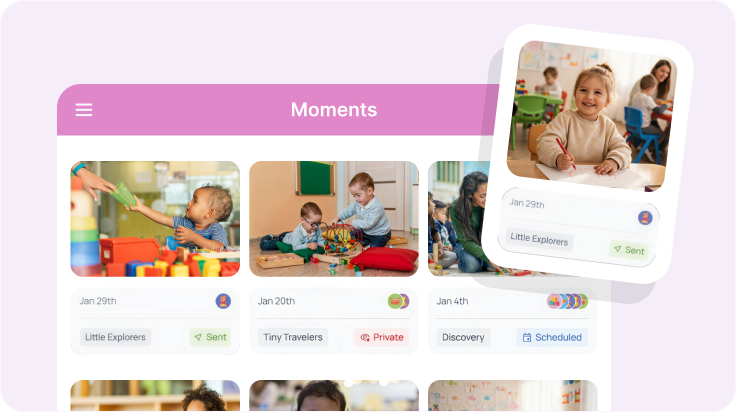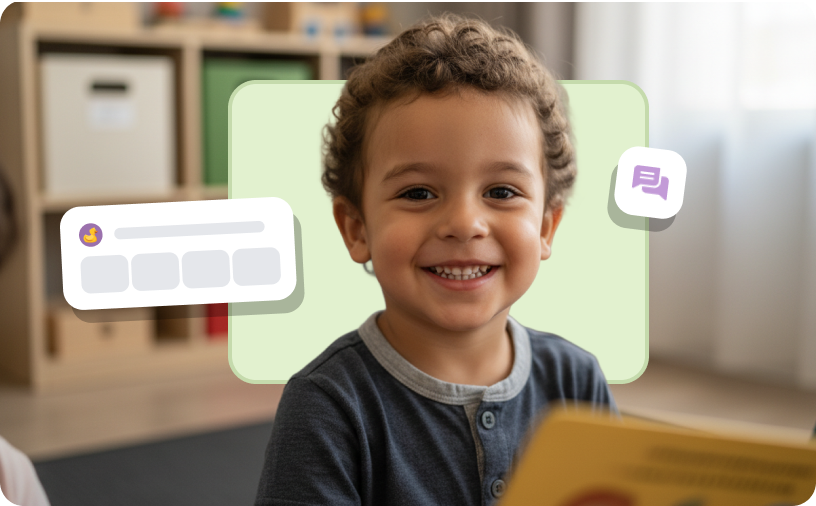In early childhood education, every choice you make (what activities to plan, how to group children, where to focus your energy) has a ripple effect on learning. But how do you know those choices are moving each child forward? The answer: data.
Not the kind of data that sits in a binder until the end of the year, but real, day-to-day information about children’s learning and development that can shape your teaching in the moment.
Step 1: Decide What to Track (and Why)
Before collecting data, get clear on your purpose.
Are you…
– Identifying which skills to focus on this month?
– Tracking social–emotional growth over the year?
– Measuring the impact of a new classroom routine?
When you know the “why,” it’s easier to choose the “what.” For example:
- If you’re targeting literacy, you might track how often children recognize their names in print.
- If you’re building fine motor skills, you might note progress in scissor use or block stacking.

Step 2: Make Collection Part of Your Day
The best data is collected in context, during daily routines and activities—not just during assessments. That could mean:
- Writing a quick observation on a sticky note during art
- Taking a photo of a block tower during free play
- Recording a short voice note after circle time
The key is to make it fast and sustainable, so you capture moments without losing teaching time.

Step 3: Look for Patterns
Data is most valuable when it tells a story. Once you’ve collected observations, look for trends:
- Are multiple children struggling with the same skill?
- Has one child’s progress plateaued in a certain area?
- Do certain activities seem to spark more engagement?
-
These patterns can guide decisions about grouping, introducing new materials, or adjusting your lesson sequence.

Step 4: Adjust Instruction
- If your data shows several children need support in counting to 10, you might add more counting games to transitions.
- If you notice a child mastering a skill faster than expected, you can offer them more challenging activities.
- If engagement spikes outdoors, you might move a literacy activity to the playground.
Step 5: Share Insights
Data shouldn’t stay with the in the classroom, it’s most powerful when shared with:
- Families to celebrate progress and set shared goals
- Colleagues to coordinate support and share strategies
- Administrators to inform resource allocation and professional development







